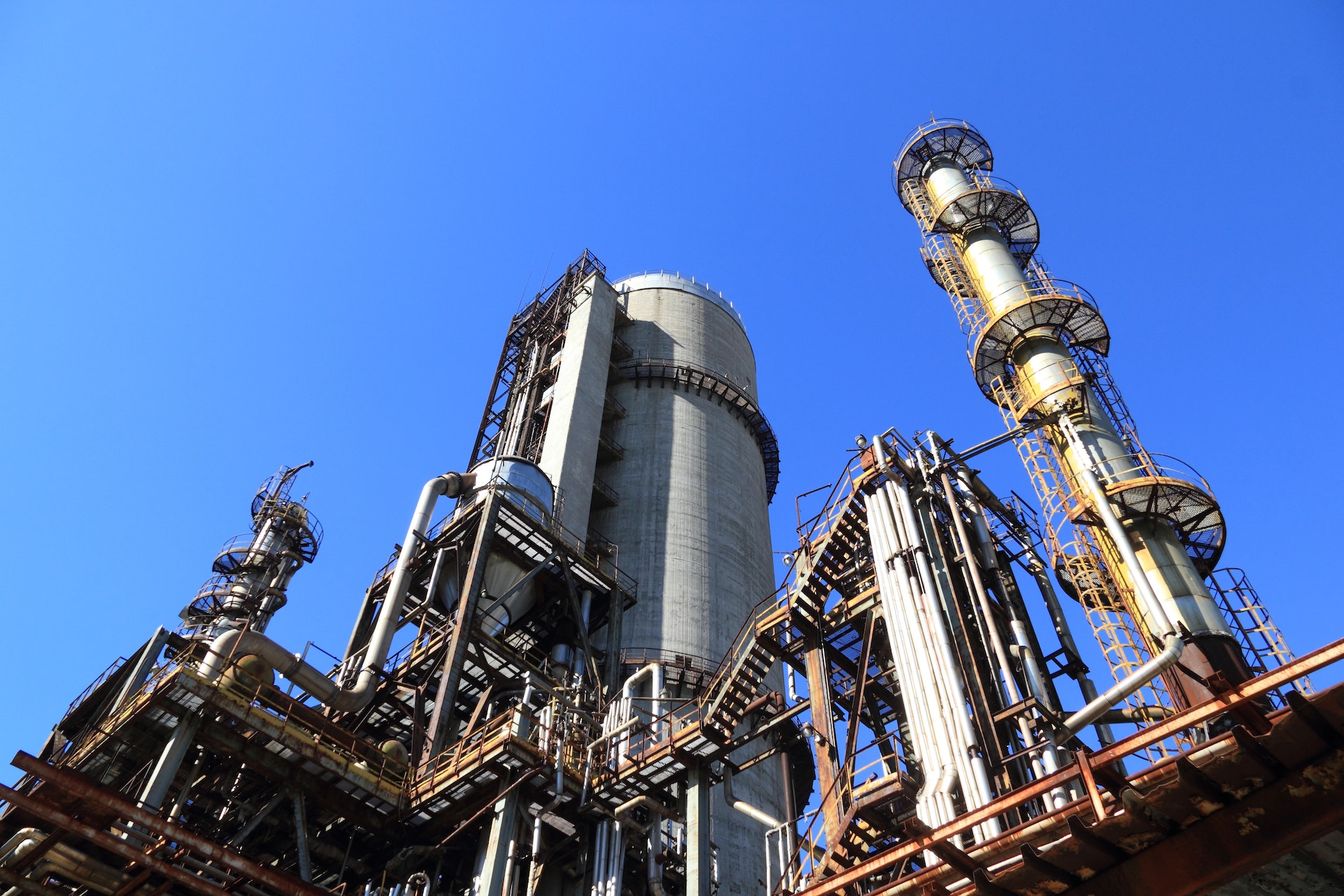The UK government has published its shortlist of 17 green hydrogen projects still in the running to receive revenue support from the Hydrogen Business Model (HBM). The contracts are expected to be awarded in Q4 of this year with plans to fund up to 250MW of electrolytic hydrogen projects across England, Scotland and Wales.
A glimpse of the green hydrogen future
The funding is intended to boost the UK’s green hydrogen sector. Some of the projects on the shortlist are scheduled to be operational in 2025, giving an insight into the types of end users who will be adopting the technology. The move also supports the government’s target to have 1GW of electrolytic hydrogen production capacity either operational or in construction by 2025 and to achieve 5GW of low carbon hydrogen production capacity by 2030.
Long term revenue support to drive capital deployment
The fund aims to support the development and deployment of low-carbon hydrogen production to reduce investment risks and lifetime costs. Its mechanism aims to provide financial support to the green hydrogen sector by incentivising production and the use of hydrogen. Projects on the shortlist will have access to ongoing Contracts for Difference (CfD) -style revenue support from the government’s HBM, allowing developers and the project offtakers to agree long term prices for green hydrogen. It is hoped that this will reduce the price of green hydrogen, allow time for this new technology to scale and push prices down further. The second allocation round of the HBM to be launched in Q4 2023, aims to award contracts up to 750MW of capacity, turbo charging the sector.
Clean fuel of the future
Green hydrogen is produced by splitting water into hydrogen and oxygen through a process called electrolysis, using electricity from renewable sources such as solar or wind. It’s widely recognised that green hydrogen can address the urgent need to decarbonise industrial businesses and hard to electrify sectors, helping them to swap fossil fuels with a cost competitive, clean fuel for the future.
Some parts of the economy are very hard to electrify – for example steel works, heavy duty transport, and industries using high temperature processes. The projects on the shortlist will produce green hydrogen for a variety of end users. From powering industrial facilities, like glass manufacture or tissues and toilet paper, to whisky distilleries, the projects enable sectors that are difficult to decarbonise to move away from fossil fuels. As well as driving forward the nascent green hydrogen market, the pioneering projects will catalyse a UK based hydrogen supply chain and develop the expertise and skills for delivering this.
Pivotal time to maximise potential
The UK is at a critical juncture in maximising the industrial potential of green hydrogen. Competition is coming from other countries, for example the US’s Inflation Reduction Act (IRA) program introduced a year ago, which offers generous tax credits to green hydrogen producers. A Renewable UK report released in May this year revealed that the UK is in a strong position to become a global leader in green hydrogen production, thanks to its abundant renewable energy resources, strong industrial heritage, and skilled workforce. But real-world projects are crucial to showcase the UK’s capabilities globally. The projects on the HBM shortlist will provide these examples and potentially encourage more businesses to follow their lead.
Another step on the journey
In a rapidly changing energy market, the HBM shortlist is another step on the UK’s journey to decarbonising energy-intensive industrial businesses. These projects stand to replace gas with green hydrogen produced from UK renewable sources, boost British energy security, build a thriving industry and reduce carbon emissions.













